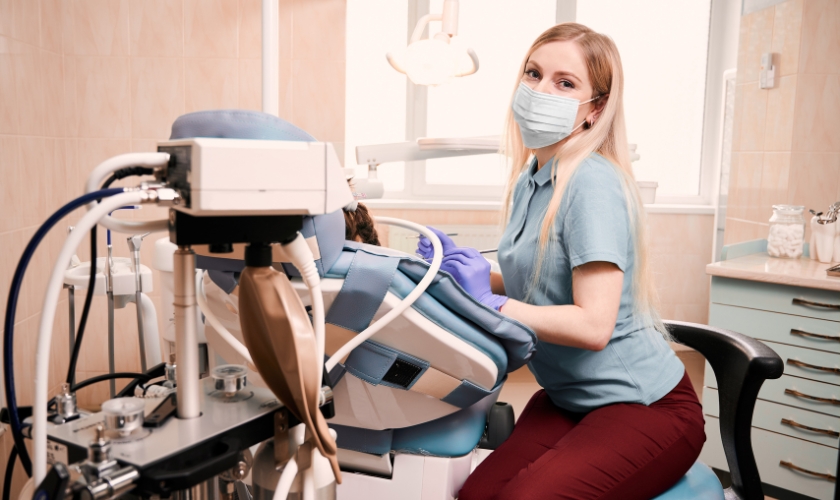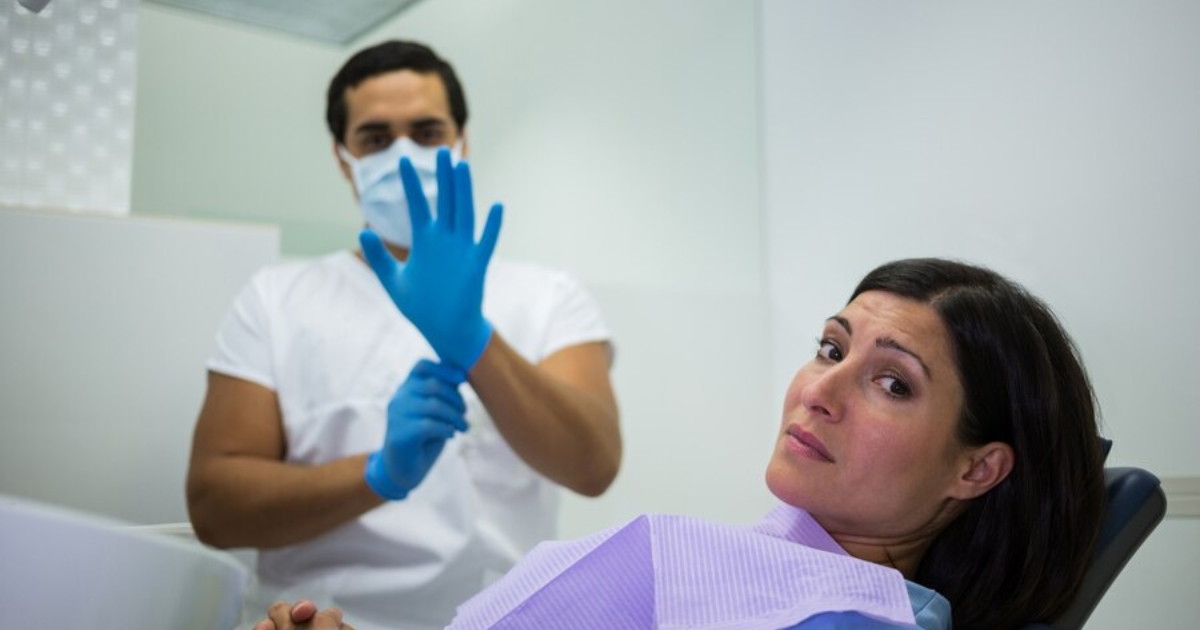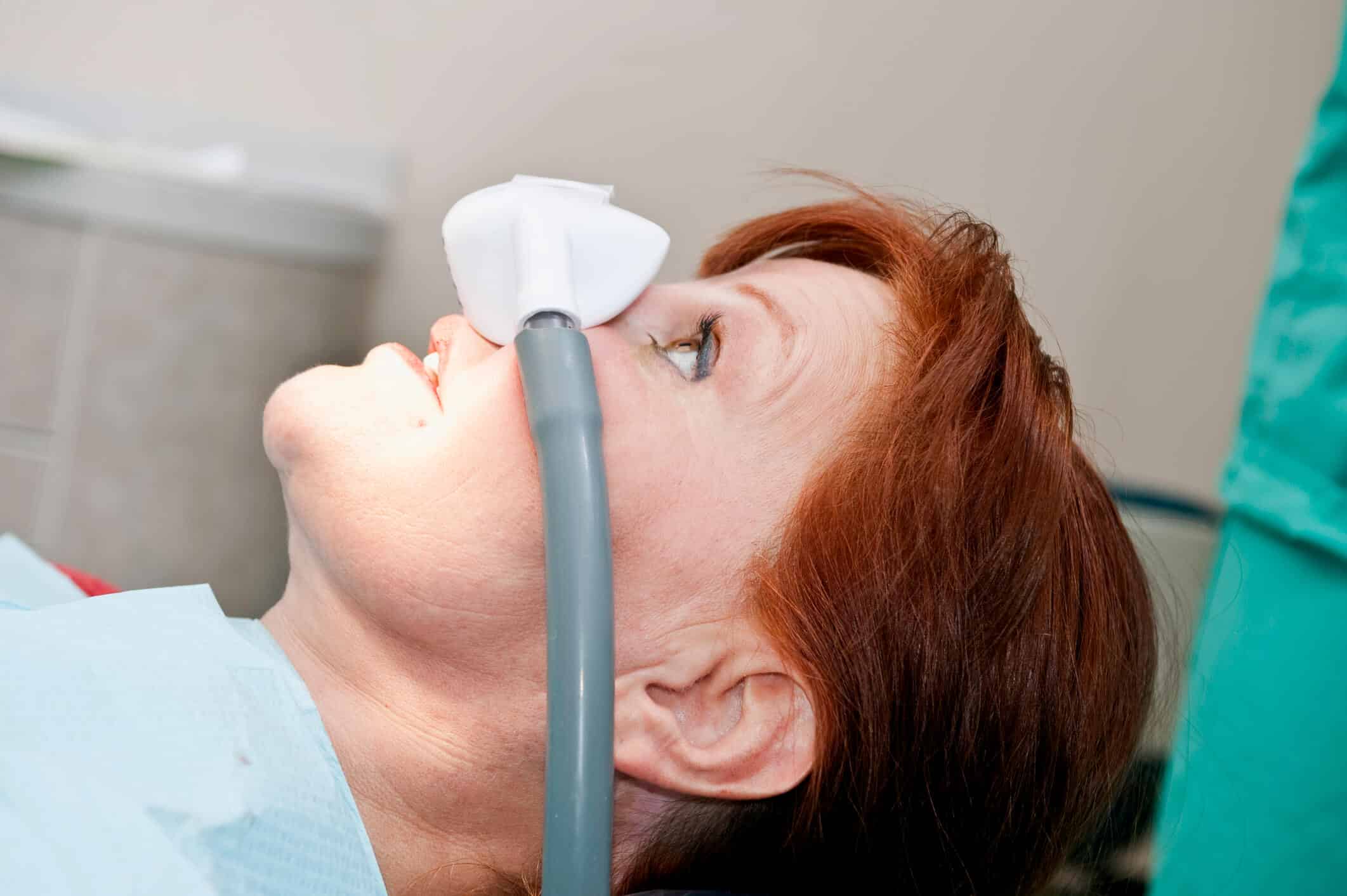Call: (630) 620-0929
What kind of sedation is used in pediatric dentistry?
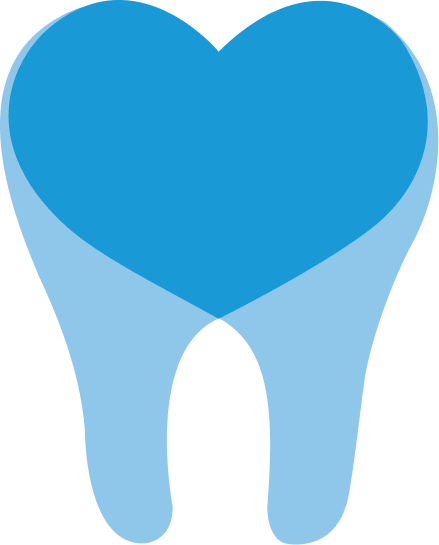
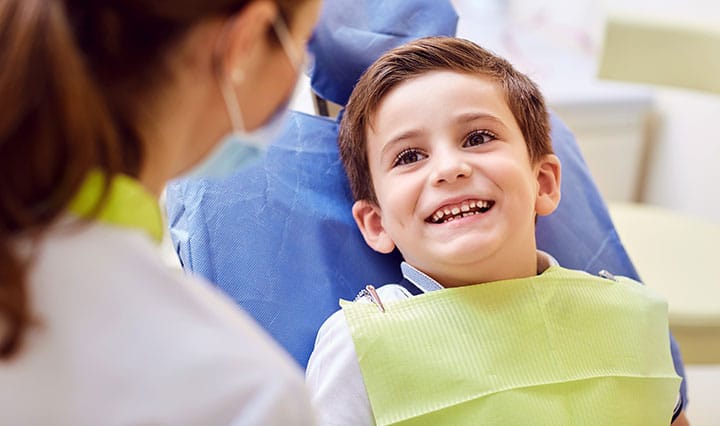
Pediatric dentistry is a branch of dentistry that deals with the oral health of children. As with any other type of dentistry, pediatric dentistry has its own set of unique challenges. One of the most important aspects of pediatric dentistry is sedation.
Sedation is used in pediatric dentistry to help children relax and feel comfortable during dental procedures. There are a variety of sedation techniques that can be used, and the type of sedation used will depend on the child’s age, medical history, and the procedure being performed.
Some of the most common types of sedation used in pediatric dentistry include nitrous oxide (laughing gas), oral sedatives, and intravenous (IV) sedation. Nitrous oxide is typically used for younger children and helps to relieve anxiety while allowing them to remain awake and cooperative. Oral sedatives are usually given to older children who can swallow pills. These medications help to calm the child and make them drowsy. IV sedation is sometimes used for very young children or for children with special needs who cannot tolerate other forms of sedation. IV sedation allows the child to be asleep during the procedure and is monitored by a qualified professional.
No matter what type of sedation is used, it is important that parents or guardians understand the risks and benefits associated with each type before consenting to treatment. Pediatric dentists are specially trained in Sedation Dentistry and can answer any questions you may
Types of Sedation Used in Pediatric Dentistry
There are four main types of sedation used in pediatric dentistry: nitrous oxide, oral conscious sedation, IV sedation, and general anesthesia. Nitrous oxide, also known as laughing gas, is the most commonly used form of sedation in pediatric dentistry. It is a safe and effective way to help your child relax during dental procedures. Oral conscious sedation is another option for children who are anxious or have a fear of needles. This type of sedation is taken by mouth in the form of a pill or liquid. IV sedation is used for more complex dental procedures and is administered through a small needle in the child’s arm. General anesthesia is reserved for very young children or children with special needs who cannot be safely treated with any other type of sedation.
Different Types of Sedation
There are many different types of sedation that can be used in pediatric dentistry. Each has its own set of pros and cons. Here is a look at some of the most common types of sedation:
Nitrous oxide: Nitrous oxide is one of the most popular forms of sedation for pediatric dental procedures. It is safe, effective, and relatively quick-acting. The main downside of nitrous oxide is that it does not completely eliminate all sensations and can sometimes cause patients to feel nauseous or dizzy.
Oral sedatives: Oral sedatives are another popular option for pediatric dental procedures. They are generally taken in pill form an hour or so before the procedure is scheduled to begin. Oral sedatives can make patients drowsy and may cause them to have trouble remembering what happened during the procedure.
IV sedation: IV sedation is a more invasive form of sedation that involves inserting an IV into the patient’s vein. This type of sedation can make patients very drowsy and can cause them to have little memory of the procedure itself. IV sedation carries a slightly higher risk of complications than other forms of sedation but is often necessary for longer or more complex procedures.
What to Expect During the Procedure
The type of sedation used in pediatric dentistry will depend on the age and cooperation level of the child. For very young children, general anesthesia may be necessary. This is done in a hospital setting and requires that the child have an IV placed. Older children may be able to have sedation dentistry performed with nitrous oxide, also known as laughing gas. This is a gas that is inhaled through a mask and helps the child to relax. It generally wears off quickly once the procedure is over.
Aftercare Instructions for Parents
When your child is sedated for their dental procedure, it is important that you follow the aftercare instructions provided by the dentist. These instructions will help to ensure that your child remains safe and comfortable after the procedure.
It is important to keep your child quiet and resting for at least four hours after the procedure. This will help to prevent them from becoming agitated and will allow the sedative to wear off completely. During this time, they should not eat or drink anything other than clear liquids.
After four hours, you can offer your child light snacks and drinks. If they feel nauseous, it is best to wait until the feeling passes before offering anything more substantial. It is also important to watch for any signs of discomfort or pain, as these may indicate that the sedative has not worn off completely.
If your child experiences any adverse reactions after the procedure, such as excessive drowsiness, vomiting, or difficulty breathing, you should seek medical attention immediately.
Tips for Parents When Considering Sedation for Their Child
When it comes to sedation for their child, parents need to consider a few things. First, they need to decide if their child is a good candidate for sedation. If their child has any medical conditions that could be exacerbated by sedation, they should consult with their pediatrician first.
Next, parents need to decide what type of sedation they are comfortable with. There are three main types of sedation used in pediatric dentistry: oral conscious sedation, nitrous oxide/oxygen inhalation sedation, and general anesthesia. Each has its own risks and benefits, so parents need to make an informed decision about what is best for their child.
Parents need to be sure that the dental office they choose is experienced in safely administering the type of sedation they have chosen. Any reputable dental office will be able to provide information on their credentials and experience with pediatric sedation.
Final Words
Pediatric dentists must take extra care when treating children, and sedation techniques can be a safe and effective way to ensure that their visit is as comfortable and anxiety-free as possible. The type of sedation used in pediatric dentistry depends on the needs of each individual patient, but it ranges from nitrous oxide (laughing gas) to general anesthesia. No matter which technique is chosen for your child’s dental visit, rest assured that the dentist will make every effort to keep them safe and comfortable throughout the procedure.



